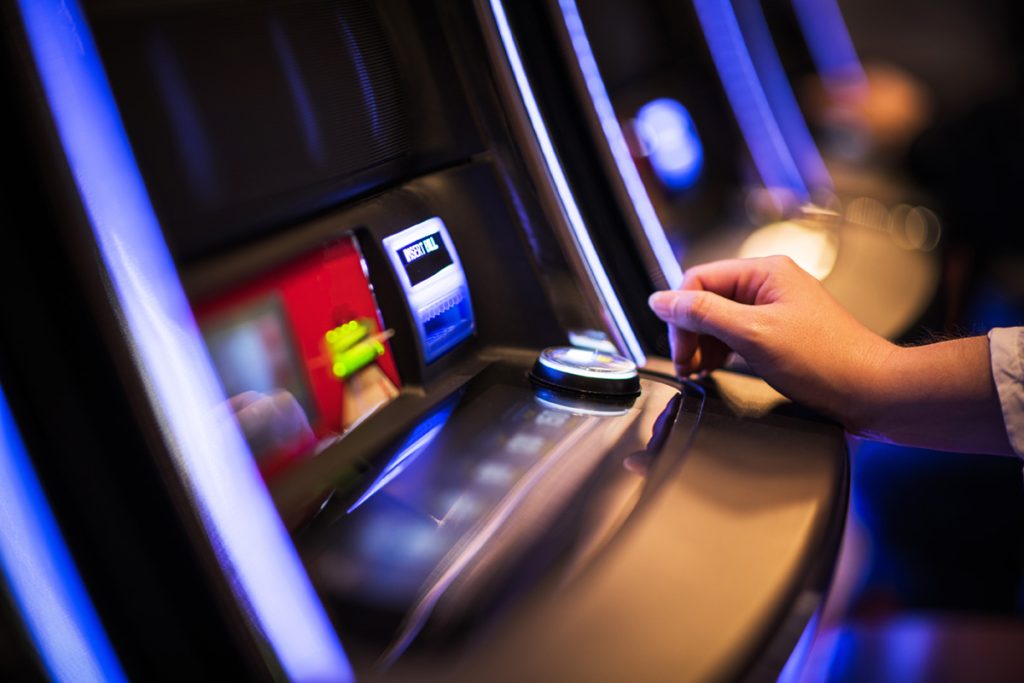Over the decades, slot game mechanics have undergone a remarkable evolution, transitioning from purely mechanical contraptions to sophisticated digital experiences that dominate the modern gambling landscape. Initially, mechanical slot machines, dating back to the late 19th century, relied on intricate systems of gears, levers, and reels to operate. These early machines, often found in bars and saloons, offered a simple yet thrilling experience: pull a lever, watch the reels spin, and hope for a winning combination of symbols. The mechanical era reached its zenith in the mid-20th century with the introduction of electric-powered machines. These models, equipped with more reels and various symbols, enhanced the game’s complexity and appeal. The mechanical elements persisted, with spinning reels driven by electric motors, but the introduction of electronic components allowed for innovations such as automated payouts and more diverse game features. Players experienced a more dynamic gameplay environment as manufacturers experimented with themes and bonus rounds, adding layers of excitement beyond mere symbol matching.

The digital revolution in slot gaming dawned in the 1980s with the advent of microprocessors and video technology. This pivotal moment marked a seismic shift from purely mechanical and electro-mechanical systems to fully electronic machines. Video slots emerged, replacing physical reels with virtual ones displayed on screens. This transformation not only expanded the creative possibilities for game designers but also introduced animated graphics, immersive soundtracks, and interactive bonus games. Players could now enjoy thematic diversity ranging from ancient civilizations to futuristic fantasies, all within a single machine. The rise of digital technology not only enhanced the visual and auditory aspects of slot games but also revolutionized the mechanics behind them. Random number generators RNGs replaced mechanical reels, ensuring fair play and unpredictability and visit the page https://roweswharfwatertaxi.com. This shift enabled the introduction of complex algorithms governing symbol combinations and payouts, further enriching gameplay dynamics. Players embraced the convenience of digital interfaces, allowing them to bet, spin, and win with a few taps or clicks on a touchscreen or mouse.
Moreover, the internet age propelled slot gaming into the virtual realm, with online casinos offering an unprecedented level of accessibility and variety. Players could now enjoy their favorite slots from the comfort of home, anytime, anywhere, on desktop computers or mobile devices. The integration of online platforms with social features and multiplayer options extended the appeal of slot gaming beyond solitary play, fostering communities of enthusiasts who could share their experiences and strategies in real time. The evolution of slot game mechanics continues unabated, driven by advances in technology such as virtual reality VR and augmented reality AR. These innovations promise to elevate player immersion to new heights, transporting them into fully interactive virtual worlds where the boundaries between reality and fantasy blur. As developers explore these possibilities, the future of slot gaming appears poised to deliver even more thrilling experiences, blending cutting-edge technology with timeless excitement.